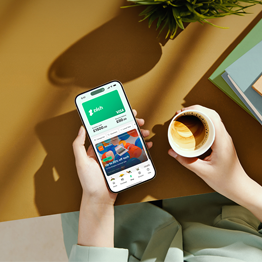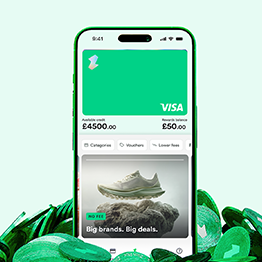Why it’s important to find the right budgeting method
Here’s the thing, there’s no one-size-fits-all budgeting method. What works brilliantly for one person might feel like a total nightmare for someone else. The key is finding a system that feels doable – something you can stick with without it becoming a chore.
Different goals call for different strategies, too. If your main aim is to crush debt, a detailed approach like zero-based budgeting could help. If you’re just trying to save a little each month without overthinking it, a simpler plan like the 50/30/20 rule might be more your speed.
Popular budgeting methods (and why you might love them)
The 50/30/20 rule
This one’s nice and simple. You split your after-tax income like this:
- 50% goes to needs (think rent, groceries, transport)
- 30% to wants (like streaming subscriptions, takeaways, hobbies)
- 20% to savings and debt repayments
Why people love it: It’s super straightforward and gives you a clear structure without being too strict.
What to keep in mind: If your rent alone eats up more than 50% (looking at you, city living), this method might need tweaking.
Zero-based budgeting
This is budgeting with military precision. You assign every single pound a job until your income minus your expenses equals zero.
Why people love it: It’s detailed and gives you total control. You know exactly where every penny goes.
What to keep in mind: It takes time and attention. Not ideal if you hate spreadsheets or want something quick and low-effort.
The envelope system
Old-school but effective. You withdraw cash and divide it into envelopes for different categories (like food, petrol, entertainment). When an envelope’s empty, you stop spending in that category.
Why people love it: It’s visual, tactile and really helps you stay on track.
What to keep in mind: It’s not great for online shopping or big-ticket expenses. Plus, managing cash in a mostly card-only world can be tricky.
The 80/20 rule
Another simple one. You spend 80% of your income (on both needs and wants) and set aside the other 20% for savings or paying off debt.
Why people love it: It’s flexible and not too fussy.
What to keep in mind: You need to be honest with yourself to make sure the 80% doesn’t accidentally turn into 95%.
Budgeting apps and tools
If the idea of cash and envelopes sounds a bit too retro, budgeting apps might be your thing. They can track your spending, sort transactions into categories, and even alert you if you’re getting a bit spend-happy.
Why people love them: Handy, automatic and full of helpful insights.
What to keep in mind: Some apps charge fees or ask you to link your bank accounts, which not everyone’s comfortable with.
So, which budgeting method should you choose?
Here are a few questions to ask yourself:
- Do you like structure and detail or do you prefer keeping things flexible?
- Are you trying to pay off debt fast, save for something special or just get better at managing day-to-day spending?
- Is your income steady each month or does it go up and down?
You don’t need to commit to just one method forever. Try one, tweak it, mix and match. The best budget is the one that actually works for you, not the one that sounds impressive on paper.
How Zilch can help
Big purchases can throw your whole budget off, but Zilch is here to help smooth things out.
With our Pay over 6 weeks or Pay over 3 months options, you can split larger costs into manageable chunks that fit into your plan. And when you use Pay now, you’ll earn up to 5% back in Zilch Rewards, making future spending a little easier and helping free up money for savings or other goals.
Final thoughts
Budgeting doesn’t have to feel like punishment. It’s just a tool to help you spend your money in a way that feels good and supports your goals.
Find a method you like, give it a go and remember – it’s totally OK to adjust as you go along.





